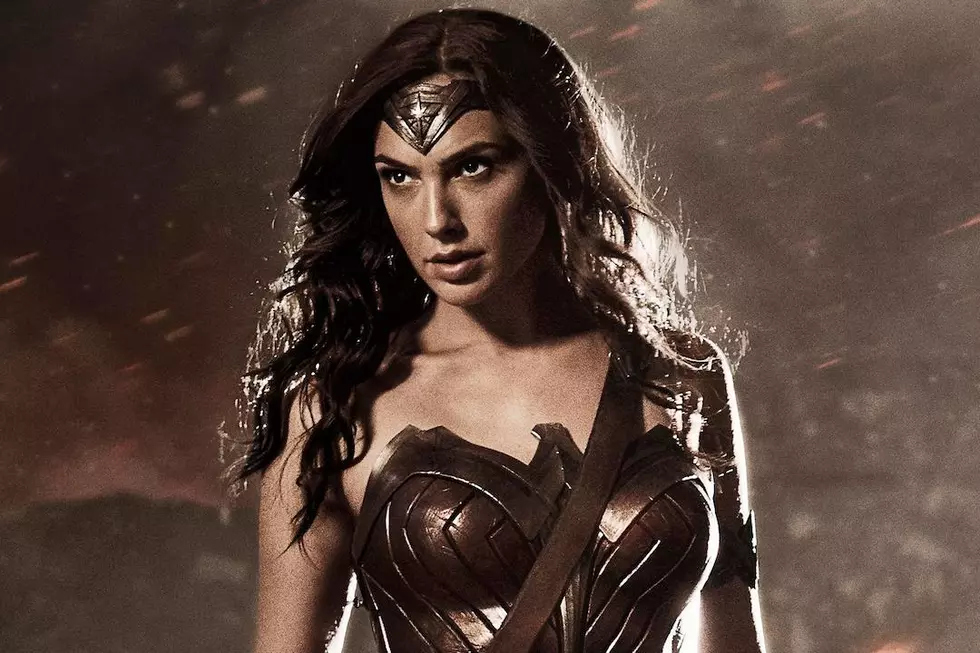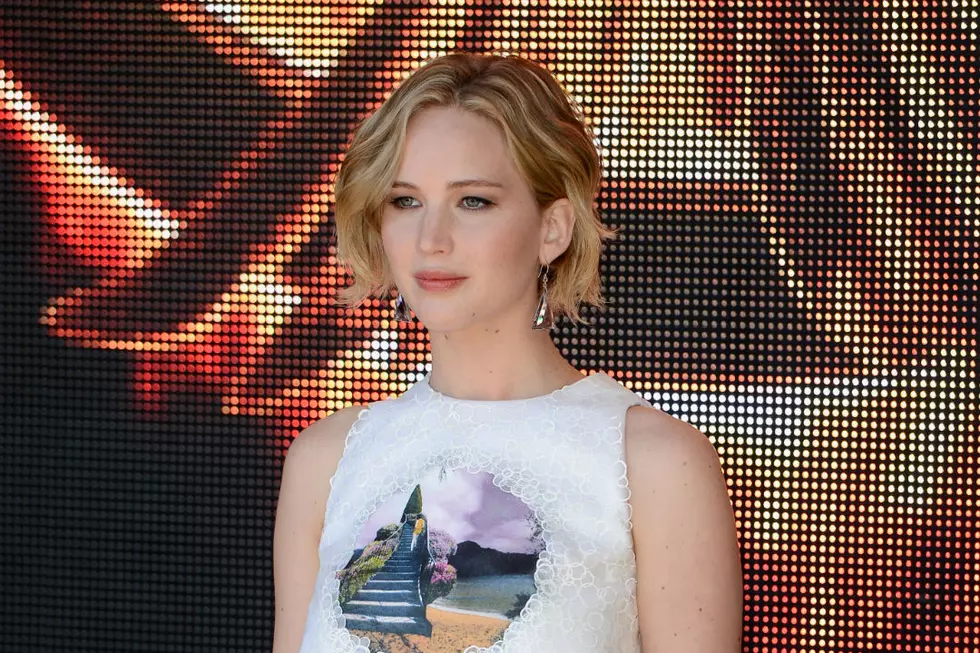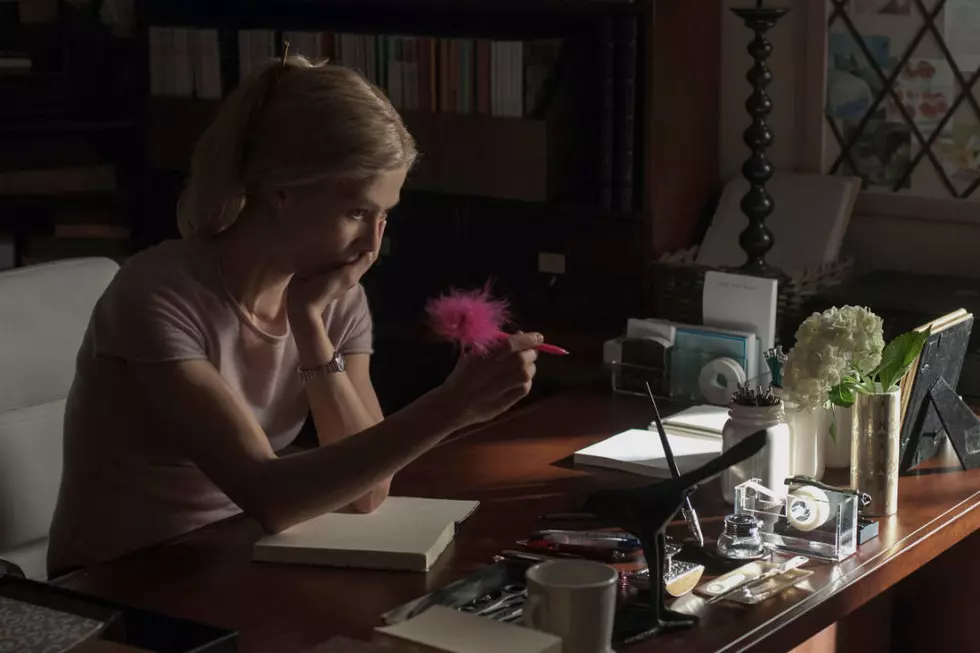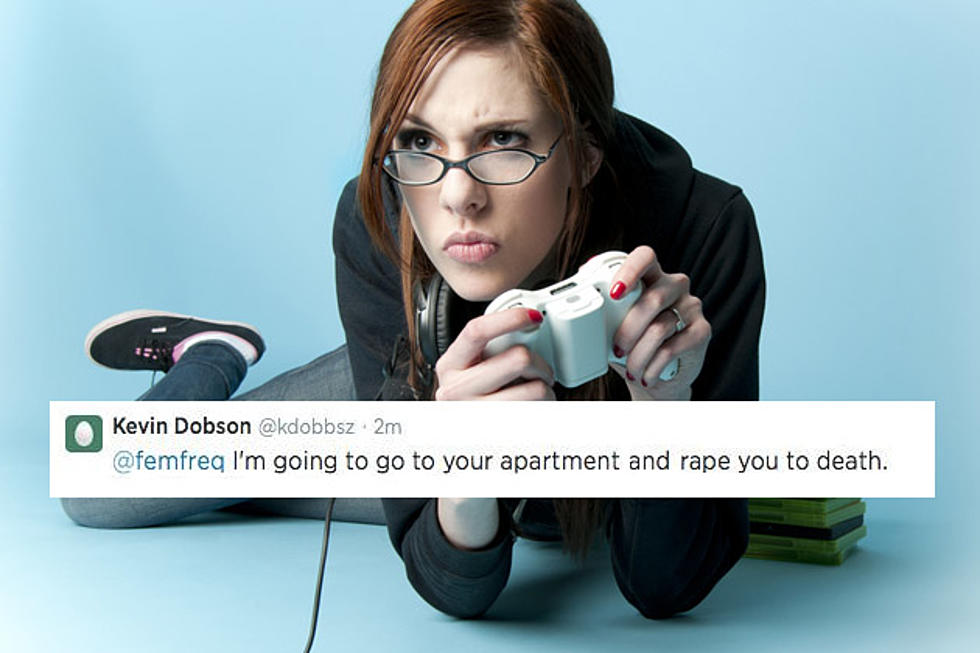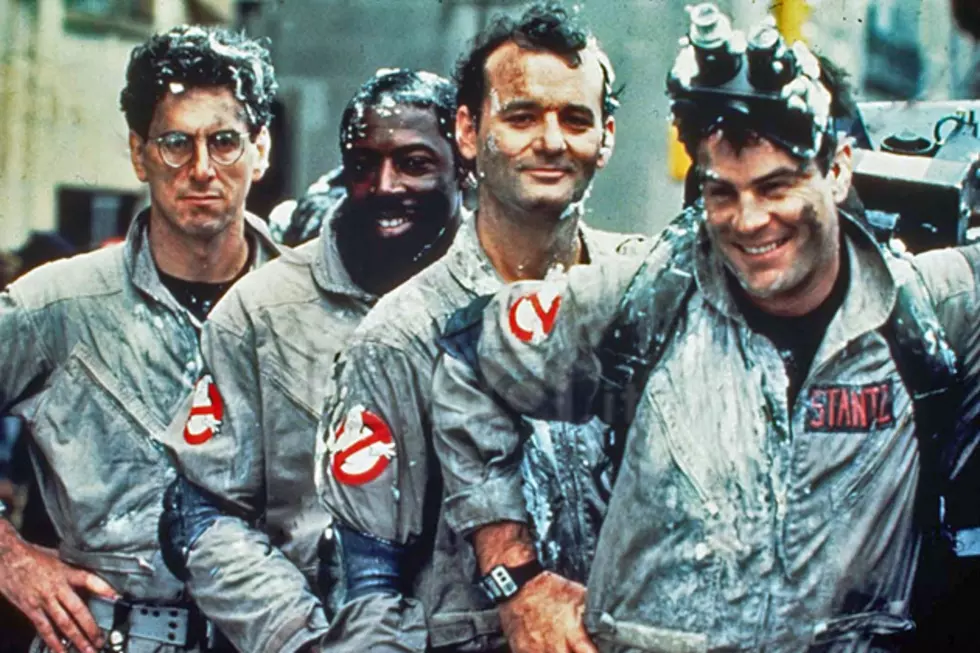
Reel Women: MPAA Reports Most Moviegoers Are Women, But Most Movies Are By and For Men
At the annual CinemaCon convention in Las Vegas this week, the MPAA released its annual report of box office statistics. Among its findings, most moviegoers are women. But if women are making up the majority of moviegoing audiences, then why are we still underrepresented in film? Perhaps the answer lies in other recent alarming statistics about women both behind and in front of the scenes. Something has to change, and we can start by putting more women in creative roles in Hollywood.
As Indiewire's Women and Hollywood blog points out, the MPAA reports that while women make up 51% of the population, we constitute 52% of moviegoers, and have done so consistently since 2009. Naturally, movies like 'Man of Steel' drew more men, while 'The Hunger Games' attracted more women. But think about that: a film with a strong female protagonist drew more women to the box office. CinemaCon is a place where film studios come to show their wares to theater owners each year, a big movie trade show where theater owners also receive data like this from the MPAA -- data that shouldn't be meaningless to business-savvy individuals looking to continue to make as much money as possible. If women constitute the majority of your moviegoing public, then playing more female-oriented films will draw more money. Seems like common sense.
But therein lies the problem. According to Martha M. Lauzen's 2013 report on on-screen representations of women, Lauzen, who compiled her data from the top 100 films last year, noted that women made up only 15% of the leading roles, meaning that only 15% of all identifiable protagonists were female. In addition, women only made up 29% of major character roles, meaning an actress wasn't playing a leading role, but was co-starring or co-anchoring with a male lead or others. Even worse, we only accounted for 30% of all speaking roles in the top 100 films of 2013. Let that statistic sink in for a minute because it's not a good one.
So you see the conflict: how can theater owners play more female-oriented films when there aren't more female-oriented films to play? This is an easier choice at the smaller arthouse theaters, perhaps, where something like 'Blue Is the Warmest Color' or 'Frances Ha' will play well and make cash, but for a bigger theater chain looking for its next 'Hunger Games' or 'Bridesmaids' ... well, you only get one or two of those a year. 2013 gave us young-adult flops in 'Beautiful Creatures,' 'The Host' and 'The Mortal Instruments: City of Bones.' But what 'The Hunger Games,' and recent possible successor 'Divergent,' get right about the genre is a strong female protagonist mired in dangerous political conflicts who is less concerned with love triangles than she is with saving lives and making a difference. Similarly, the reason why 'The Heat' (from 'Bridesmaids' director Paul Feig) was such a success was because it wasn't a film about a shallow leading lady who gets dumped by her boyfriend and through some wacky string of circumstances and a shopping montage discovers who she is. It was about kick-ass women with real jobs and lives who overcome their differences to take down some bad guys -- oh, and it was hilarious.
But female-centric hits like these don't hit often. Most films with strong female leads from 2013 were indie affairs, given limited releases in major markets before expanding wide, like 'Short Term 12,' 'Frances Ha,' and even awards favorite 'Blue Jasmine.' And indie films don't fill seats at the multiplex on opening weekend.
So what can we do to ensure that we get more big-budget Hollywood films with female leads? That brings us to another alarming statistical report: Lauzen's annual Celluloid Ceiling report, which compiled its data from the 250 top-grossing domestic films of 2013. Lauzen reports that women made up only 16% of people employed behind the scenes in 2013, down 2% from 2012 and 1% from 1998. We make up only 6% of directors and 10% of writers, though we're higher in roles of production and production design, making up 25% of producers and 23% of production designers.
It's a trickle down effect: if we place more women behind the scenes, writing and directing and producing films, then we might get more films that appeal to women. This doesn't necessarily mean we'll get more films about women's issues or more "girly movies" loaded with whatever banal stereotypes you've come to associate with movies for women, but that we'll get more women making films and decisions about films, and casting women in leading roles. It seems like common sense, but every year these statistics dip or remain stagnant, and those doors remain closed or ignored. And yet Katniss Everdeen makes huge money and reinforces the MPAA's statistics that women go to the movies more than men, and that people -- not just women -- want to see more movies with strong female protagonists. So why isn't anything changing?
More From ScreenCrush


